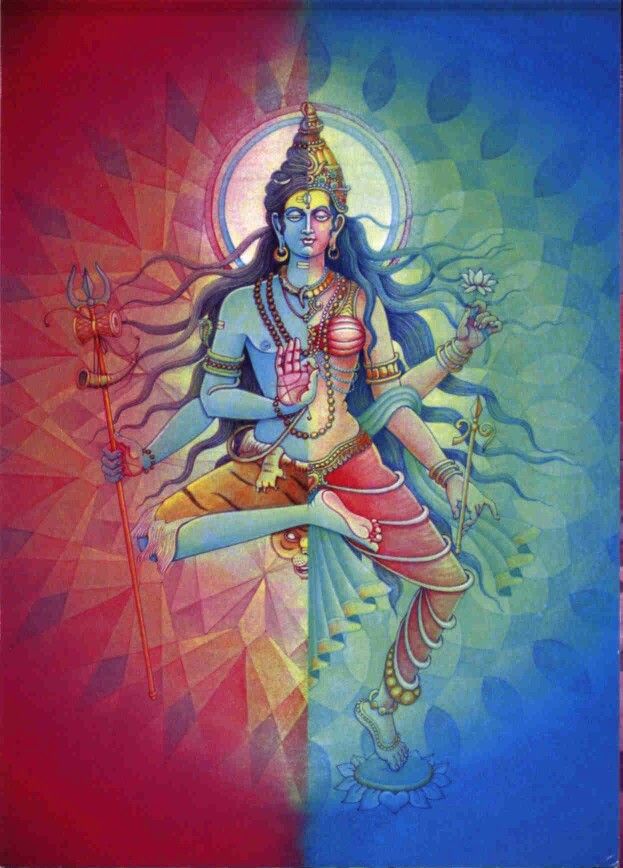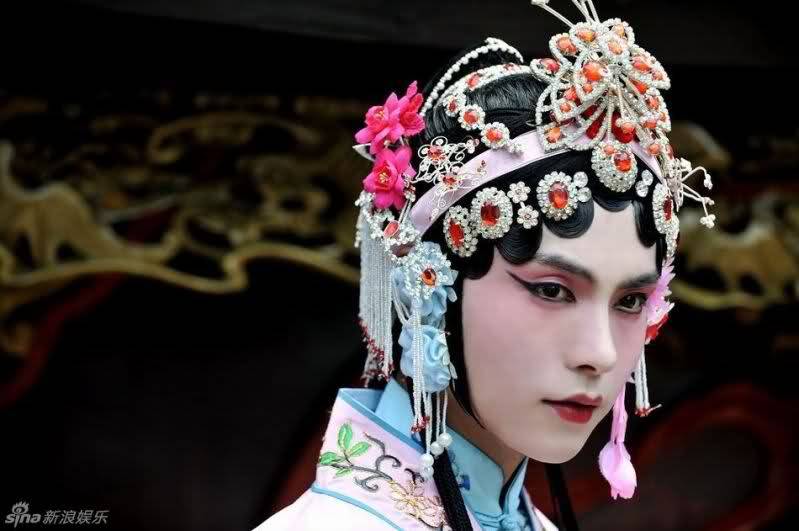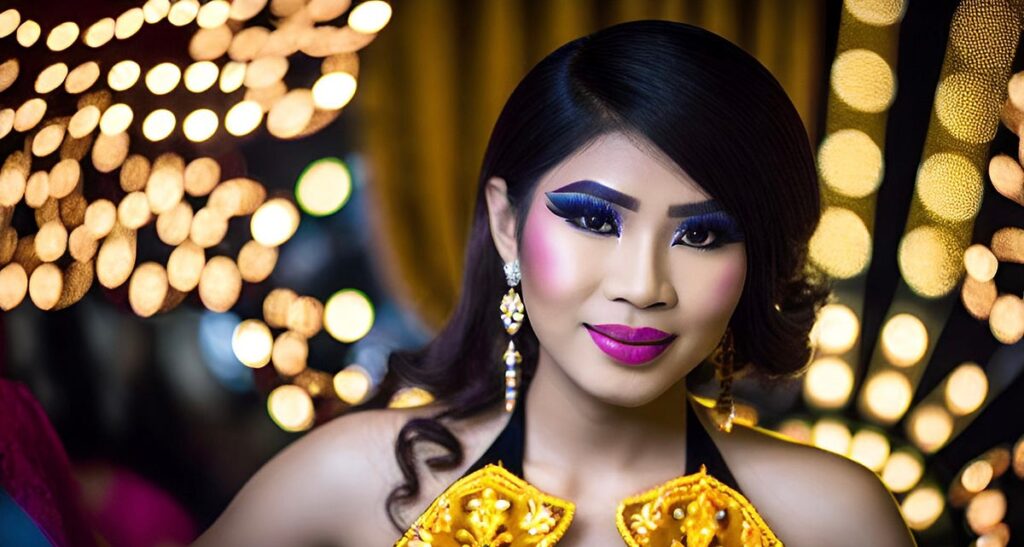-
Welcome to
CDBEAUTY
একটি ছোট টুইস্ট সহ ক্রসড্রেসিং
সম্পর্কিত সবকিছু সঠিকভাবে শেখার জায়গা।
আমরা বিনোদন এবং মজার জন্য ক্রসড্রেসিং উপন্যাস এবং গল্প প্রকাশ করব -
-
Learn
Crossdressing
আমরা কাউকে ক্রসড্রেস করার জন্য জোর করব না তবে যদি আপনি ক্রসড্রেসিং করতে চান এবং তারপর আপনার নারীত্বকে বাস্তব জীবনে নিয়ে আসুন।
" বাঁচুন মন খুলে "
About & Historical Significance
Crossdressing is the act of wearing clothing, accessories, adopting a style associated with a opposite gender.
- Vishnu as Mohini: During the churning of the ocean (Samudra Manthan). Mohini distracts the asuras and ensures the nectar of immortality goes to the devas.
- Arjuna as Brihannala During the Pandavas’ one-year incognito exile (Agyaatvaas) in the Mahabharata, serves as teacher to Princess Uttara, imparting lessons in performing arts.
- Shiva as Ardhanarishvara a composite form of Lord Shiva & Goddess Parvati, represents the synthesis of masculine & feminine energies. This form celebrates the unity of opposites & emphasizes divinity to all aspects of existence, transcending gender binaries.
Cultural Implications
- Gender as Fluid: These portray gender as fluid and situational, challenging rigid binaries & societal norms.
- Divine Purpose: often depicted as divine or strategic act to achieve dharma, emphasizing its acceptance within a spiritual context.
- Symbolism: symbolizes transformation, adaptability, integration of masculine & feminine energies.

Crossdressing in China
Peking Opera: one of China’s most iconic traditional art forms, combines music, vocal performance, mime, dance, and acrobatics to tell stories, often from Chinese history, folklore, or mythology. In the past, women were not allowed to perform on stage, so male actors specialized in playing female roles, known as dan. These performers mastered delicate movements, high-pitched singing, and intricate gestures to portray femininity convincingly. The art of Peking Opera emphasizes exaggerated expressions, colorful costumes, and symbolic makeup to convey characters’ emotions and traits. Today, both men and women perform, but the tradition of male dan actors remains a celebrated aspect of this cultural heritage.

Crossdressing in Thailand

Kathoey, often referred to as “ladyboys,” are individuals in Thailand who typically identify as a third gender, blending masculine and feminine traits. They adopt feminine attire and roles, and many undergo cosmetic or surgical enhancements to align with their gender identity. Kathoey have a visible and respected presence in Thai society, especially in the entertainment, fashion, and beauty industries. Despite facing some societal challenges, their cultural acceptance is higher compared to many other regions, making Thailand a unique example of gender diversity.
Crossdressing in Western Europe
During carnivals and masquerades in Italy and France, crossdressing was a common and playful element of the festivities. Men and women swapped roles, using elaborate costumes and masks to challenge social norms and explore fluid identities. This subversive practice added humor, mystery, and creativity to the celebrations, allowing participants to step outside societal constraints in a festive and liberating environment.

Crossdressing in Pacific Islands

Fa’afafine are individuals in Samoan culture who embody both masculine and feminine traits, often considered a third gender. The term translates to “in the manner of a woman,” and Fa’afafine are recognized and respected for their unique roles in society. They may dress in feminine attire and take on tasks traditionally associated with women, but their contributions extend beyond gender roles, often balancing responsibilities in family, culture, and community. Fa’afafine are celebrated for their adaptability, creativity, and cultural significance, reflecting Samoa’s acceptance of gender diversity as part of its social fabric.
–Image is taken from Internet —
Contact Us
We would love to speak with you.
In case of any queries, Feel free to reach out using the details.
